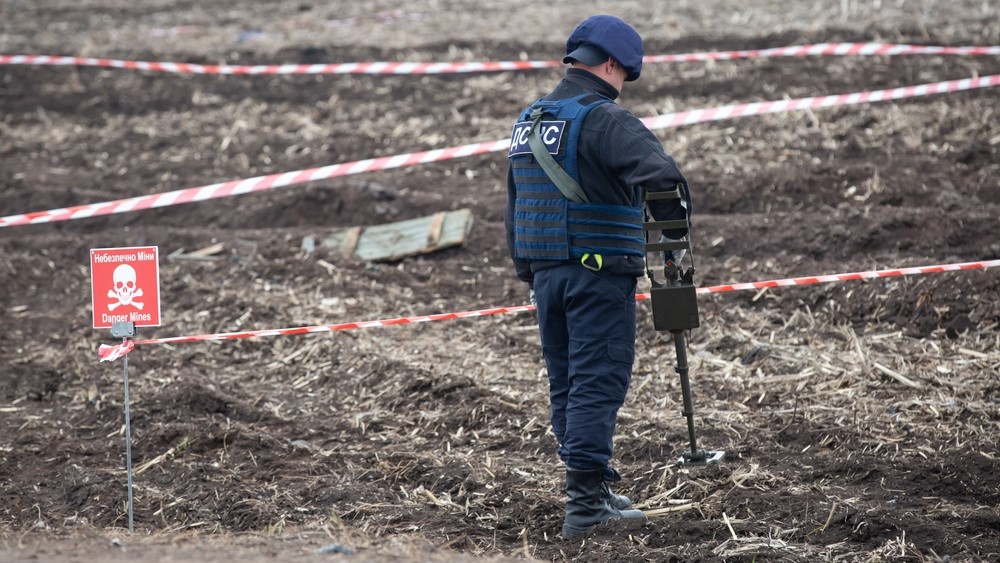Eastern Europe is drawing a hard new line against future Russian aggression.
Others are reading now
In a historic shift, six countries bordering Russia are withdrawing from the landmine ban treaty and deploying mines along their frontiers—drawing a hard new line against possible invasion.
It’s being called a modern “Iron Curtain.”
Six Nations Break With Landmine Ban Treaty
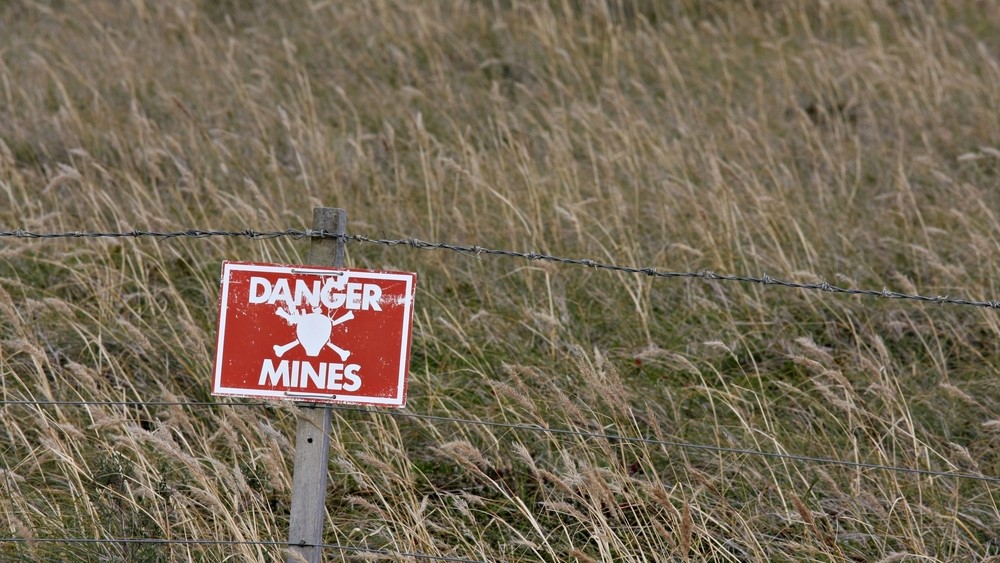
Six countries near Russia—Ukraine, Poland, Finland, Estonia, Latvia, and Lithuania—are building a defensive wall made of landmines along more than 2,150 miles of border.
All six countries are leaving the Ottawa Treaty, a global agreement that bans the use of anti-personnel landmines.
Also read
The Ottawa Treaty, signed in 1997, bans countries from using, making, or storing landmines that are designed to harm people. But now, governments in Eastern Europe say the treaty makes it harder to protect their borders.
Many call this a return to Cold War-style defenses, comparing it to a new “Iron Curtain” in Europe.
Ukraine Leads the Charge

Ukraine’s President Volodymyr Zelenskyy signed a decree on June 29 to begin leaving the treaty.
He said it was unfair for Ukraine to follow the rules while Russia ignores them.
“Russia is not a party to this Convention and is massively using mines. We cannot remain restricted while they are not,” said MP Roman Kostenko.
NATO Border States Follow Ukraine’s Lead

Poland completed its withdrawal on June 26, followed by declarations from the Baltic states and Finland.
Lithuanian Defense Minister Dovilė Šakalienė called Russia an “existential threat,” as Lithuania pledged nearly €800 million to ramp up domestic mine production.
Finland, which shares an 832-mile border with Russia, said the move allows greater flexibility amid a worsening security environment.
Why Landmines Are Making a Comeback
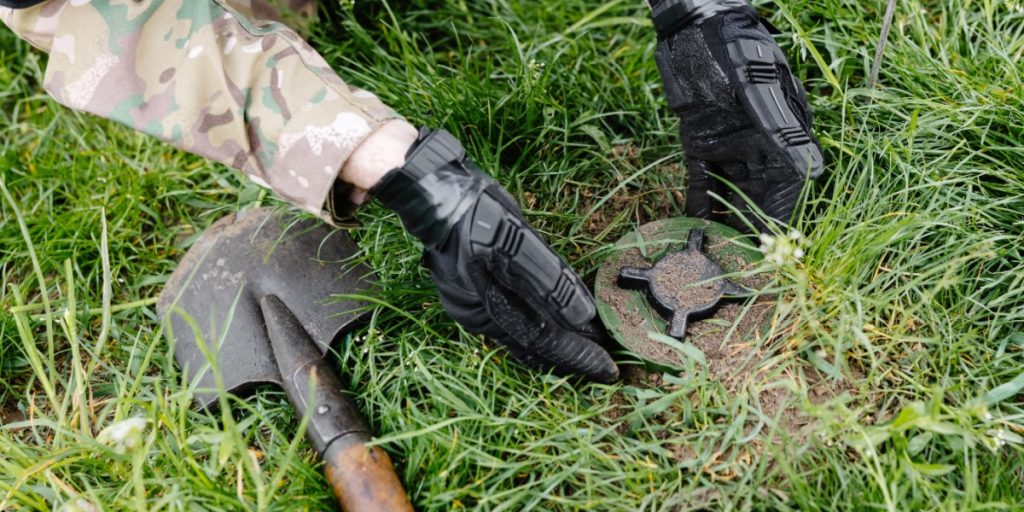
Officials argue landmines offer a cost-effective and psychological deterrent, especially in hard-to-monitor, sparsely populated terrain.
Defense ministers stated the mines would reinforce borders lacking in manpower and resources.
Analysts say the deployment could serve as a “tripwire” defense, buying time in the event of a surprise Russian incursion.
Ottawa Treaty Success Now at Risk
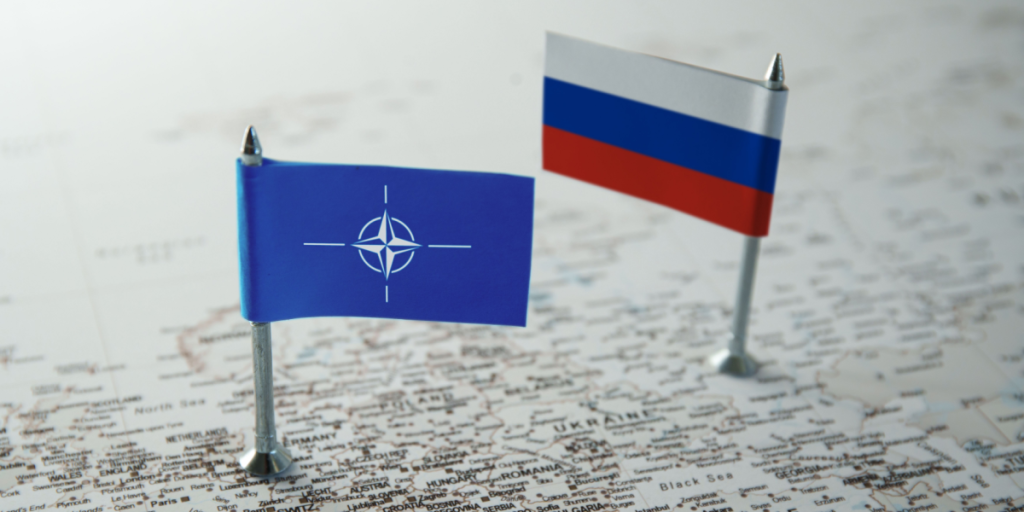
The Ottawa Treaty had helped reduce global landmine casualties from 25,000 in the 1990s to 3,300 by 2013.
But the return to landmines by NATO states now threatens to erode those gains.
Russia, never a signatory, continues to use landmines extensively.
Up to 25% of Ukraine is now mined, making it the most contaminated country in the world.
Production Already Underway
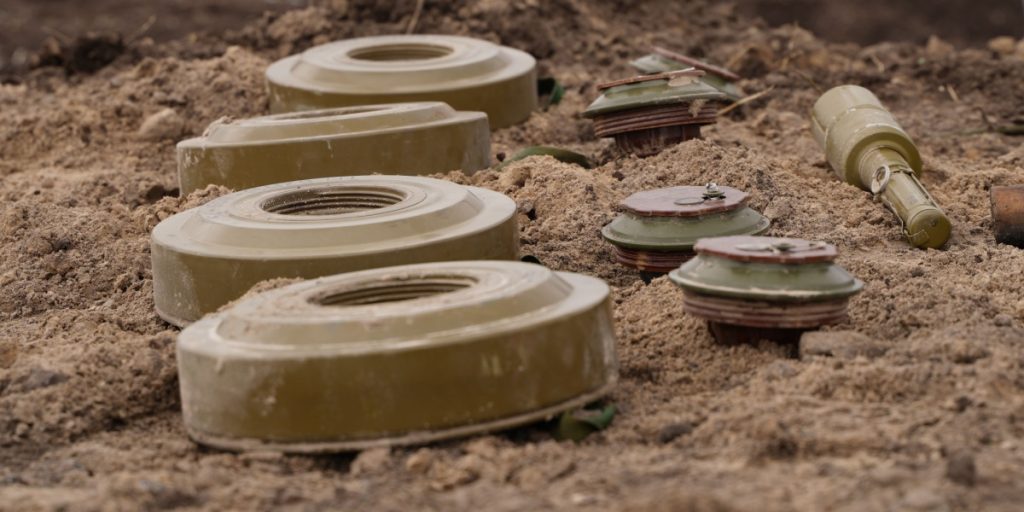
Lithuania and Finland will begin landmine production in 2026, with Poland, Latvia, and Estonia expected to follow.
Ukraine is likely to receive and deploy much of the hardware, positioning it as the first line of defense for Europe.
“This is not a political decision—it’s a military necessity,” said a senior Baltic defense official.
Critics Warn of Long-Term Costs
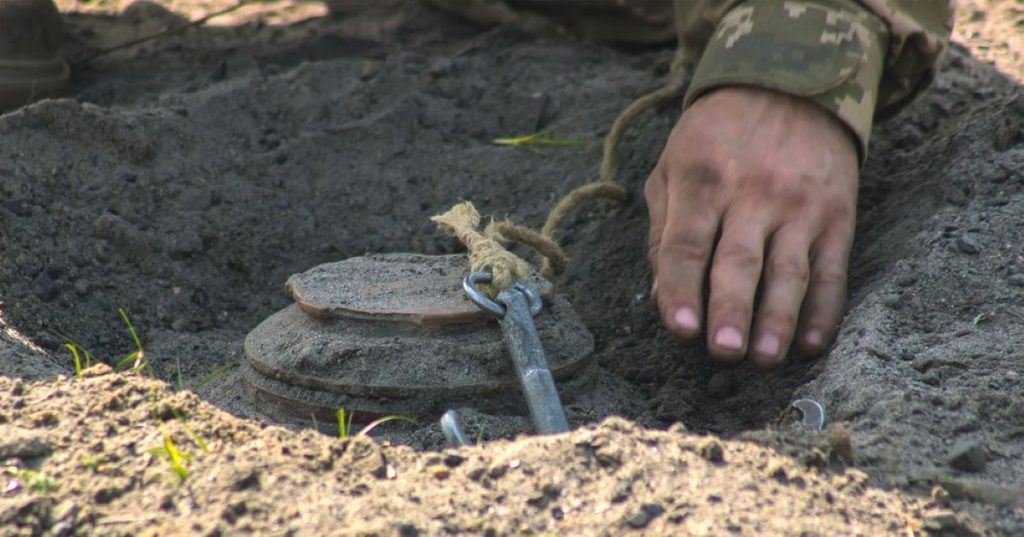
Human rights groups warn the long-term risks of landmine use remain severe, especially for civilians and demining crews.
But regional leaders argue the greater threat is unpreparedness.
“Mines are often the only effective defense tool,” said Zelenskyy. “Russia uses them with cynicism. We must respond.”
The article is based on information from United24 Media.

